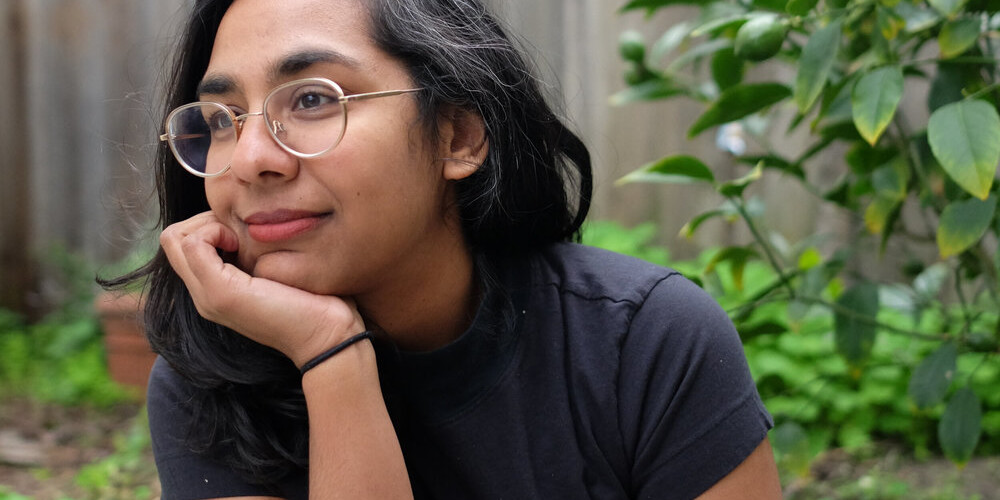
At the Engaged Journalism Lab, a guide to how journalists and those who fund them can act in solidarity with marginalized communities.
At the New York Times, A. O. Scott looks at Edward P. Jones’s intricate body of fiction, which is deeply tied to specific, real locations in Washington, D. C., and does not pander to white readers. “It might go without saying — though nothing really does — that a white reader enters Jones’s world from a different angle,” Scott writes. “What comes as news to me may strike you as a gentle reminder of something you always knew. What I feel as revelation you might experience as recognition. Places that seem strange to my eyes are no doubt home in someone else’s.”
With Joe Biden’s announcement yesterday that Kamala Harris will be his running mate, Emily Temple found herself wondering: “What kind of novels does Kamala Harris read?”
“The critical question today,” writes Frank Blethen, publisher and CEO of the Seattle Times, “is whether it is too late to save our free press system and begin a renaissance of civic engagement and equal opportunity. The answer is no, it is not too late. But the window is closing.” In a road map to save and strengthen local free presses, Blethen calls for a renewal of checks and balances that would address the nation’s extreme wealth gap and use the internet for public service.
Tonight at 6 PM PST, Portland, Oregon’s Powell’s Books hosts Shruti Swamy and Kiese Laymon (Heavy: An American Memoir) for a Zoom discussion of A House Is a Body, Swamy’s new story collection of myth and identity set in India and the US.